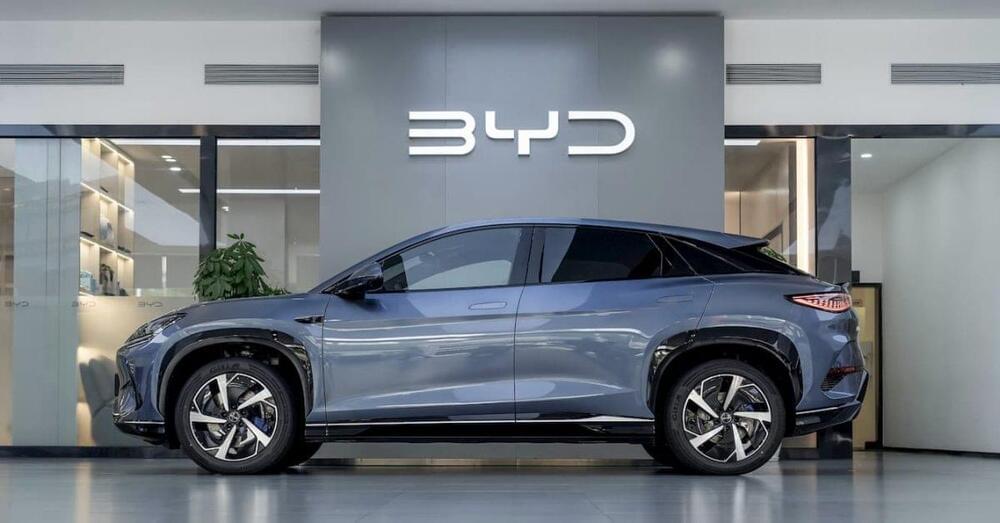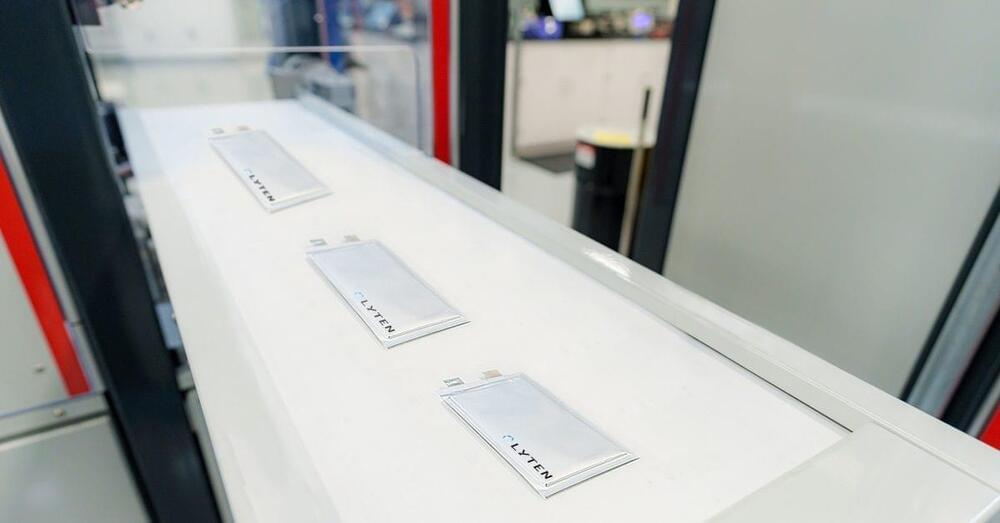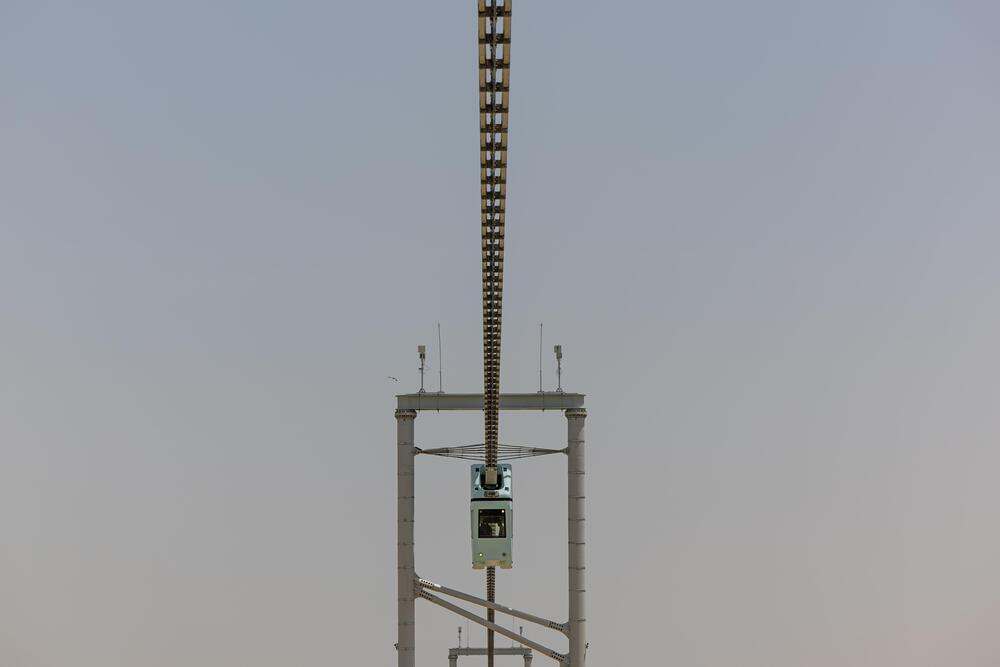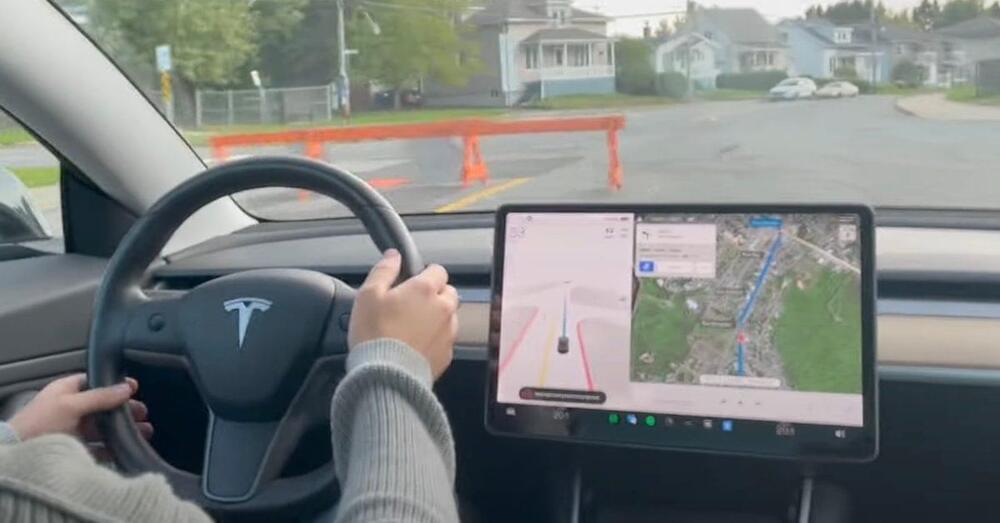BYD officially launched its new Sea Lion 7, a mid-size smart electric SUV poised to rival Tesla’s top-selling Model Y. Starting at 189,800 yuan ($26,250), the BYD Sea Lion 7 is the first EV based on its new e-Platform 3.0 Evo.
After unveiling the Sea Lion 07 at the Guangzhou Auto Show in November, BYD officially launched the new electric SUV last week.
BYD said it was its first “medium-sized urban smart electric SUV.” It’s also the first EV based on BYD’s new e-Platform 3.0 Evo. The new EV platform is an upgrade from the e-Platform 3.0 with improved charging and powertrain capability.








